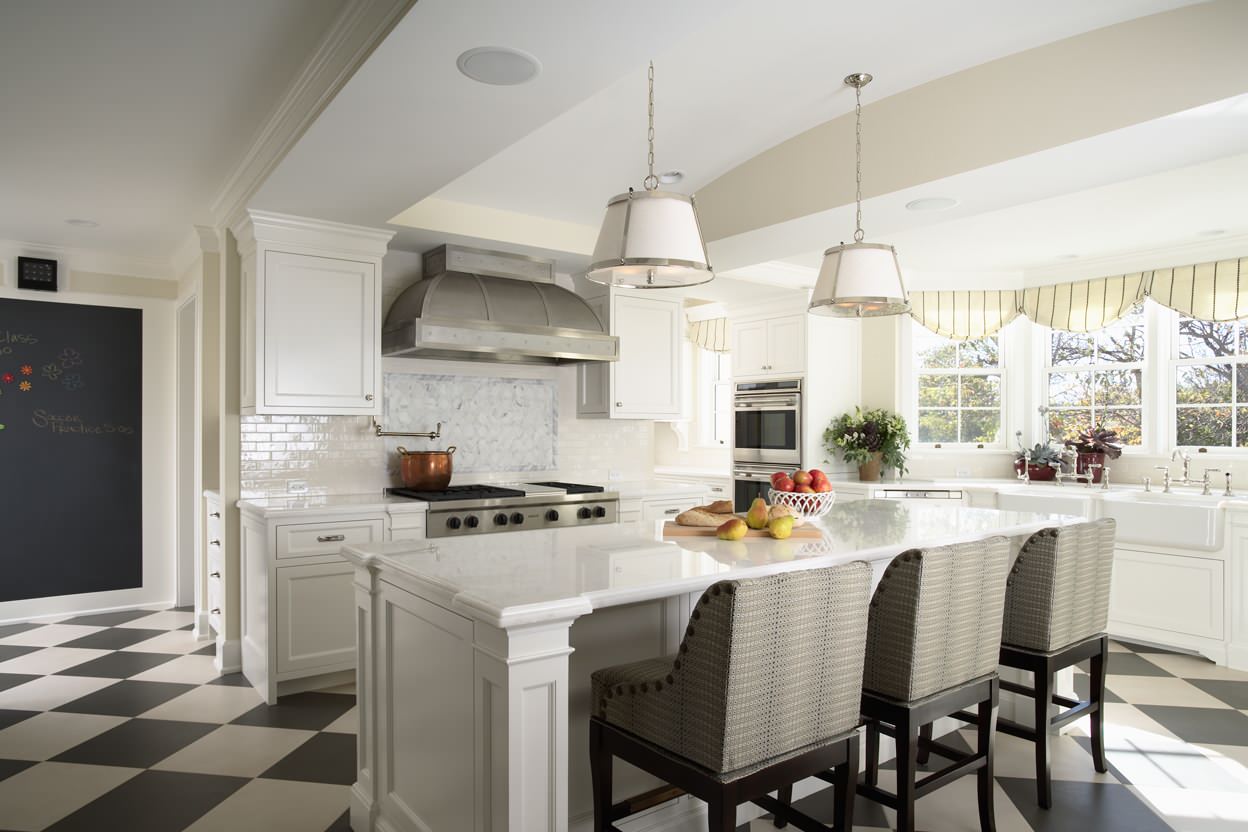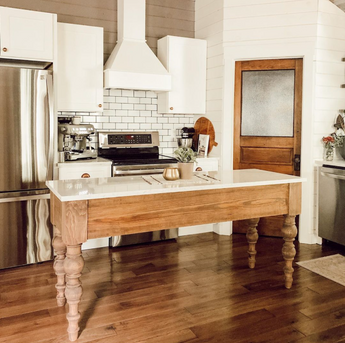The Relevance of a Sturdy Cooking Area Island Leg in Producing a Useful Cooking Location
A sturdy cooking area island leg serves as a fundamental element in establishing a practical cooking setting, giving required support for both the kitchen counter and numerous kitchen tasks. The stability it provides can dramatically reduce the risk of accidents in high-traffic areas, while additionally contributing to the overall aesthetic coherence of the room. As kitchens advance right into multifunctional locations for cooking, eating, and mingling, the choice of materials and layout factors to consider for island legs becomes increasingly vital. Recognizing these aspects can transform your kitchen area into a safer and more effective location, triggering additional exploration into the best alternatives offered.
Advantages of Sturdy Island Legs
Offering vital support, tough kitchen area island legs play an essential role in enhancing the capability and longevity of kitchen area islands - kitchen island leg. These legs not only birth the weight of the counter top and any kind of extra items put on the island, however additionally contribute to the overall stability of the framework. A well-supported kitchen area island makes sure that it remains useful and upright, also under heavy usage, which is particularly crucial in hectic kitchen area settings
In addition, sturdy island legs can enhance the visual allure of the kitchen area. They provide a strong framework that can complement different style styles, from modern-day to traditional. This adaptability permits homeowners to tailor their kitchen area islands according to individual preference while guaranteeing that the architectural stability stays uncompromised.
In addition to their supportive role, robust cooking area island legs can additionally enhance safety and security. Inevitably, spending in strong kitchen area island legs is necessary for a useful and aesthetically pleasing cooking location.
Products for Kitchen Island Legs
When picking materials for kitchen area island legs, sturdiness and aesthetic allure are important aspects to think about,. One of the most usual products include wood, metal, and crafted timber, each offering special benefits.
Wood, such as oak, maple, or cherry, is a timeless option due to its toughness and classic charm (kitchen island leg). It can withstand substantial weight and is resistant to put on, making it ideal for high-use cooking area settings. Additionally, wood can be stained or repainted to complement numerous cooking area designs
Metal legs, often crafted from stainless-steel or wrought iron, offer a commercial and modern look. They are incredibly strong and can support considerable loads while being resistant to dampness and warm, which is useful in a cooking location. Metal legs can likewise be easily cleaned, improving their usefulness.

Design Considerations for Security
The selection of products for cooking area island legs directly affects the design factors to consider for stability. When designing a cooking area island, it is vital to evaluate the weight-bearing ability of the chosen products. Heavier products, such as strong wood or steel, commonly offer better stability, specifically under the tension of day-to-day use.
In addition, the leg design have to include appropriate geometry to enhance stability. A bigger base raises the assistance location, reducing the danger of tipping or wobbling. Factor to consider needs to additionally be provided to the elevation of the legs; out of proportion leg lengths can cause inequality, endangering the overall stability of the island.
In addition, the distribution of weight across the island is critical. Ensuring that the leg placement straightens with the heaviest parts, such as countertops and home appliances, will even more improve stability.
Maintenance Tips for Durability

Cleaning is one more crucial aspect of upkeep. Depending on the material of the legs-- whether timber, steel, or composite-- appropriate cleaning techniques must be employed. For wooden legs, a mild clean with a suitable timber and a wet towel cleaner will help protect their finish. Steel legs may require a light polish to avoid corrosion and keep their radiance.
Additionally, tightening screws and bolts frequently can make sure stability and stop wobbling. If the kitchen area island experiences hefty use, consider enhancing the legs with added braces or sustains to boost resilience. Using a protective coating or sealer can secure against moisture and discolorations, extending the life expectancy of the legs. By following these upkeep ideas, property owners can ensure their cooking area island legs stay robust and useful for years ahead.
Picking the Right Leg Design
Normal upkeep guarantees that cooking area island legs remain strong and useful, yet picking the appropriate leg design is just as vital for both aesthetic appeals and support. The choice of leg style can significantly affect the general style and harmony of your kitchen.

Functionality is another important facet. As an example, thicker legs or those with a sturdy base can sustain heavier counter tops and devices, improving the island's utility. Alternatively, slender legs might develop a ventilated look, ideal for lighter styles however potentially less supportive.
Conclusion
In summary, the value of tough cooking area island legs can not be overemphasized in the development of a practical cooking area. These legs give essential assistance, boost security, and add to the general aesthetic of the kitchen area. By very carefully picking proper materials and designs, as well as applying correct maintenance practices, the durability and efficiency of kitchen islands can be ensured. Inevitably, investing in robust island legs is basic to accomplishing a secure and effective cooking environment.
A tough kitchen area island leg offers as a fundamental part in establishing a useful cooking setting, providing essential support for both the counter top and various kitchen area tasks.Offering crucial support, tough kitchen island legs play an essential duty in improving the capability and sturdiness of kitchen islands. Eventually, spending in sturdy kitchen area island legs is essential for a functional and aesthetically pleasing cooking location.
Consideration must also be provided to the elevation of the legs; disproportionate leg sizes can lead to imbalance, jeopardizing the general security of the island.
Wood legs provide warmth and a traditional appearance, while steel legs provide a modern-day and commercial feel.